Vertical Living: A Comprehensive Look at Apartment and Flat Buildings
In an ever-expanding urban landscape, the need for efficient and sustainable housing solutions has never been greater. One such solution that has become increasingly popular is apartment buildings, also known as flat buildings. In this comprehensive guide, we will delve into the world of apartment buildings, exploring their meaning, benefits, and various aspects that set them apart from other types of residential structures. Complete with informative charts and frequently asked questions, this article will help you understand the fascinating world of apartment living and perhaps even inspire you to consider it as an option for your next home.
Apartment Building Meaning: A Modern Housing Solution
The term “apartment building” refers to a residential structure that consists of multiple individual dwelling units, also known as apartments or flats. These units are typically designed for single or family occupancy, and each unit has its separate kitchen, bathroom, and living spaces.
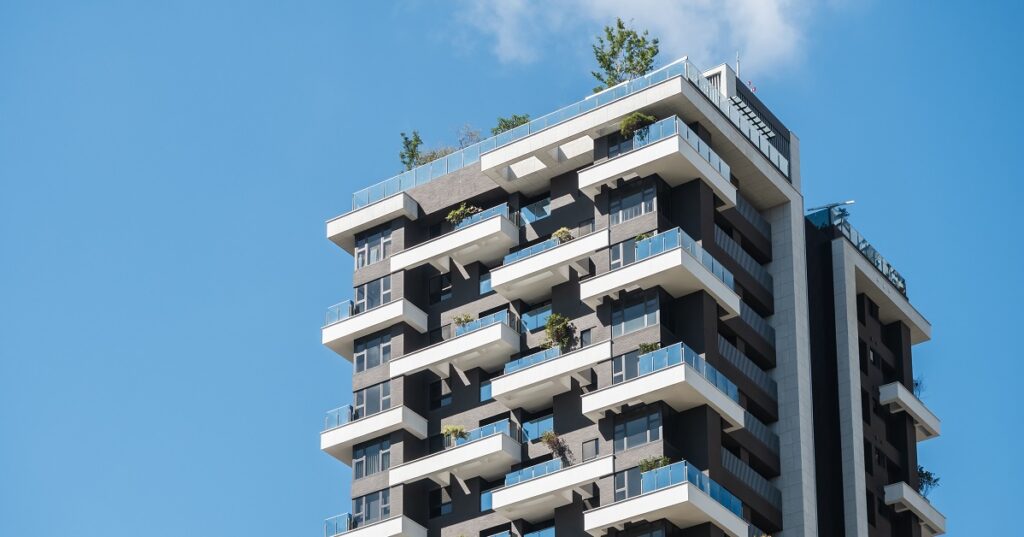
The History of Apartment Buildings
Apartment buildings can be traced back to ancient Roman times, where multi-story residential structures called “insulae” were built to house the growing urban population. Over the centuries, the concept of apartment buildings evolved, and today they can be found in various architectural styles, sizes, and configurations worldwide.
The Benefits of Apartment Building Living
There are several advantages to living in an apartment building or flat building, which include:
Efficient Use of Space
Apartment buildings make optimal use of limited urban space by stacking individual dwelling units on top of one another, allowing for more residents to be accommodated in a smaller area.
Affordability
In many cases, living in an flat building can be more affordable than owning or renting a single-family home. With shared infrastructure and amenities, the costs of maintenance and utilities are often lower for apartment dwellers.
Access to Amenities
Many apartment buildings offer shared facilities, such as swimming pools, gyms, laundry rooms, and community spaces, which can enhance residents’ quality of life without the added expense of maintaining these amenities individually.

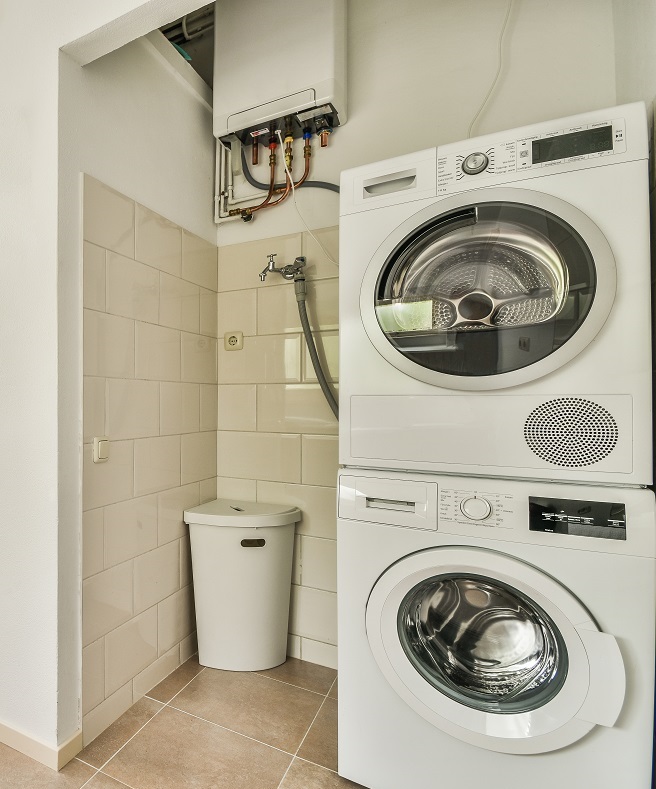

Security
Flat buildings often provide a secure living environment, with features such as building intercom, controlled access points, security cameras, and on-site security personnel.
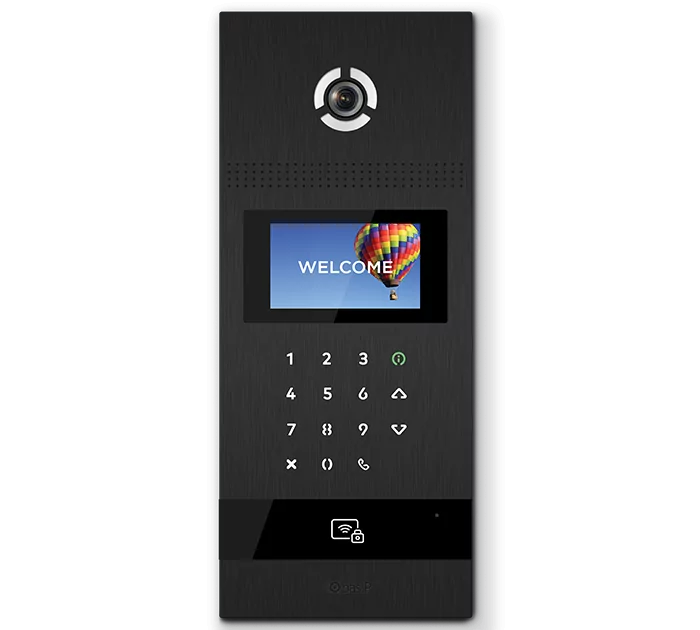
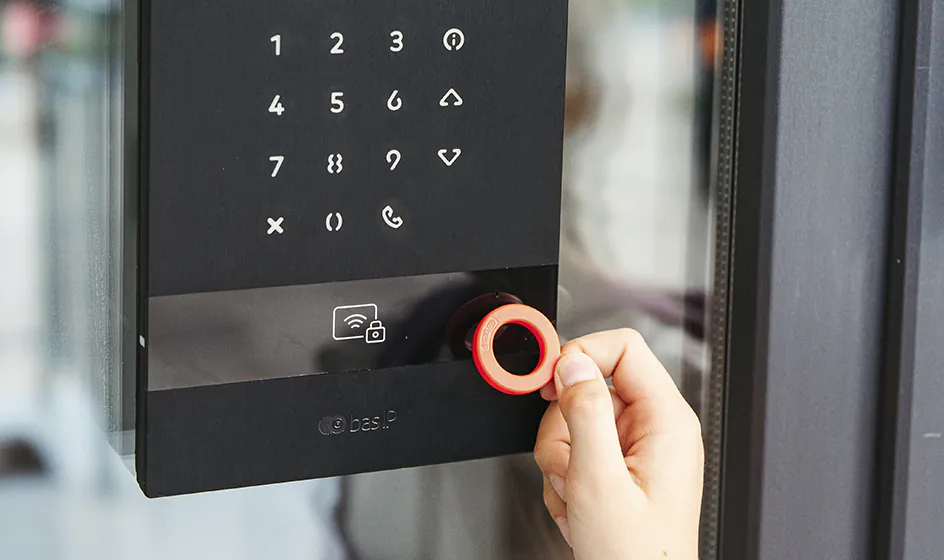
The Anatomy of an Apartment Building
Types of Flat Buildings
There are various types of apartment buildings, which can be categorized by factors such as architectural style, height, and unit configuration. Some common types include:
- Low-rise: Typically 1-3 stories high.
- Mid-rise: Usually between 4-9 stories.
- High-rise: Generally 10 or more stories.
Apartment Building Layouts
The layout of an apartment building can vary greatly, with units configured in different ways to optimize space, light, and privacy. Some common apartment layouts include:
- Studio: A single open-plan living space with a kitchen and bathroom.
- One-bedroom: Separate bedroom, living room, kitchen, and bathroom.
- Two-bedroom: Two separate bedrooms, living room, kitchen, and bathroom.
- Three-bedroom: Three separate bedrooms, living room, kitchen, and bathroom.
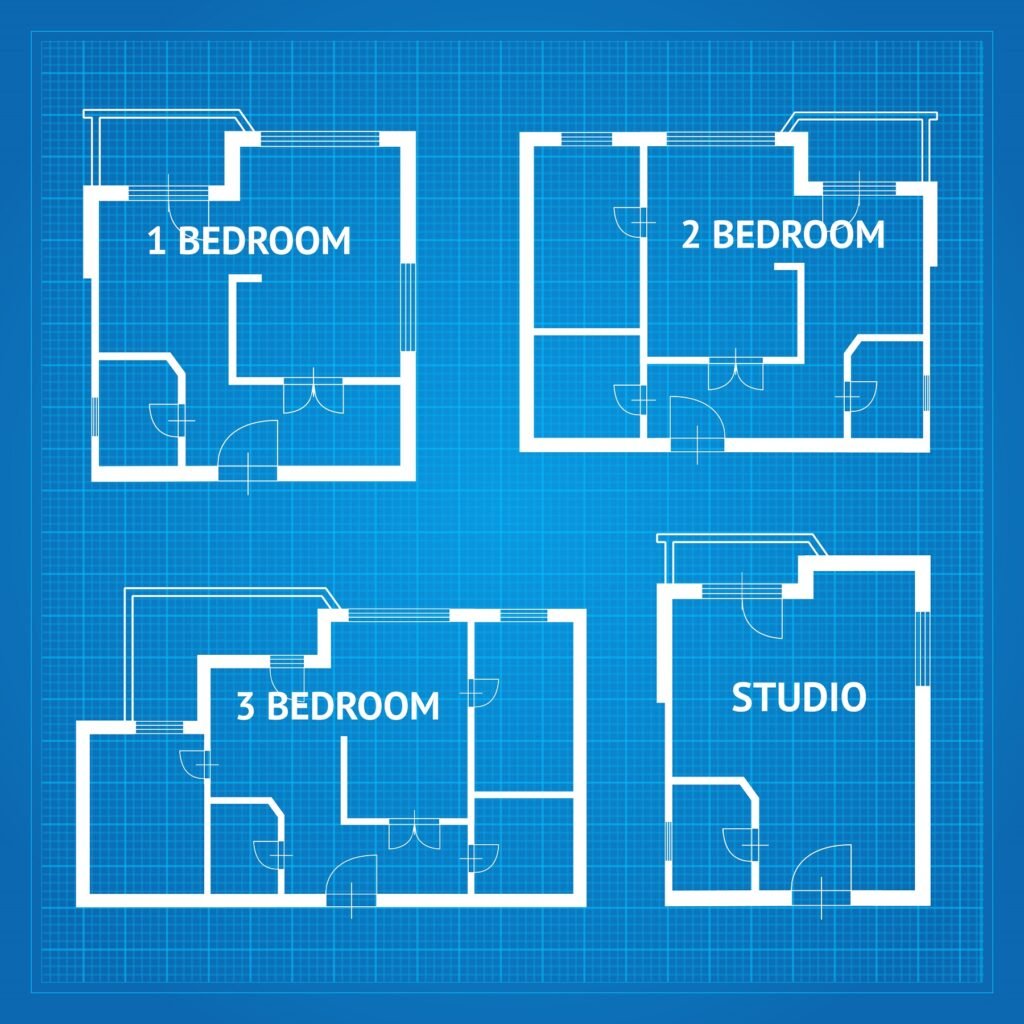
Common Areas and Shared Facilities
In addition to individual dwelling units, apartment buildings typically include various common areas and shared facilities, such as:
- Lobby/entrance hall
- Elevators and stairwells
- Laundry facilities
- Outdoor spaces (gardens, courtyards, terraces)
- Recreational amenities (gyms, swimming pools, playgrounds)
Apartment Building Regulations and Management
Building Codes and Safety Regulations
Apartment buildings must adhere to strict building codes and safety regulations to ensure the well-being of their residents. These codes govern various aspects of the building’s construction and maintenance, including fire safety, structural integrity, and accessibility. In addition, regular inspections are conducted to ensure compliance with these standards.
Apartment Building Management
Apartment buildings are typically managed by a property management company or a homeowners’ association (HOA). Their responsibilities include maintaining common areas, enforcing building rules, and overseeing essential services such as waste disposal and security.
Chart: Comparing Apartment Building Types
| Apartment Building Type | Height | Pros | Cons |
|---|---|---|---|
| Low-rise | 1-3 stories | More privacy, lower density, fewer stairs | Limited amenities, less efficient land use |
| Mid-rise | 4-9 stories | Balanced amenities and privacy | Some noise and privacy concerns |
| High-rise | 10+ stories | Panoramic views, abundant amenities | Noise, less privacy, longer elevator waits |